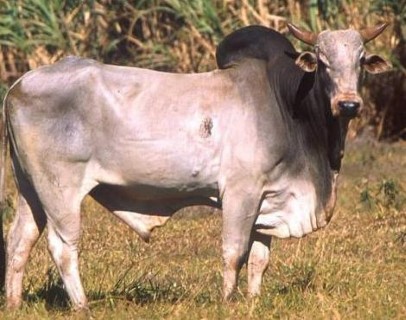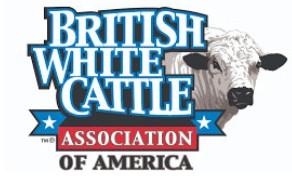Zebu cattle are usually red or grey, are horned, have loose
skin, large ears, and have a hump above their shoulders. They have evolved mainly
from thee breeds of Indian cattle (Guzerat, Nelore, and Gir). They are thought
to be the world’s oldest domesticated cattle. The name Zebu today can be used
as a direct name for that breed of cattle but it is also used as a general name
for breeds such as Brahman, Gir, Guzera, and Nelore cattle.
They originated in Southwest Asia but many were taken to
Africa at an early date and within the last 100 years, have been exported to
Brazil and the US.
It started with small groups of Zebu cattle were shipped to
Brazil in the 17th and 18th Centuries where they were crossed with Brazilian cattle.
These importations raised the interest in cattle breeders, who imported more
cattle. From 1890 to 1921 over 5000 Zebu cattle were exported to Brazil from
India, however a Rinderpest (an infectious viral disease) outbreak occurred which resulted
in a ban on importation of Indian cattle for 9 years.
During this time Barzilian farmers cross breed Zebu cattle
with other breeds. The breeding was focused on characteristics such as large
ears, loose skin, and a hump (which was considered a sign of purity, which were
common to the Gir and Guzerat cattle). The resulting cross breed were
originally called Indu-Uberaba cattle as they were developed in the Uberaba region,
but later the name was changed to Indu-Brazil cattle. The Rinderpest disease was
slowly eradicated and imports were resumed and the new imports of Gir, Guzerat,
and Nelore cattle were used to create purer strains of Zebu cattle.
Many other breeds have been created through cross breeding
and selection using the Zebu such as Sanga and Canchim cattle.
Today Zebu cattle are present on all continents, mainly in
India and Brazil, which has the largest commercial herd in the world, with 155
million head. India has over 270 million Zebu and the United States has over 2
million Zebu.
Zebu cattle are used for its milk, meat, and as draft
animals. In India they are sacred and are only used for draft and milk.
In Brazil and other meat-producing countries they are
produced largely for their beef as they cope better than European breeds in
sub-tropical environments.
Zebu cattle are heat tolerant, hardy, and parasite and
disease resistance.

